Prosthetics and sculpture: art meets medicine at the Henry Moore Institute
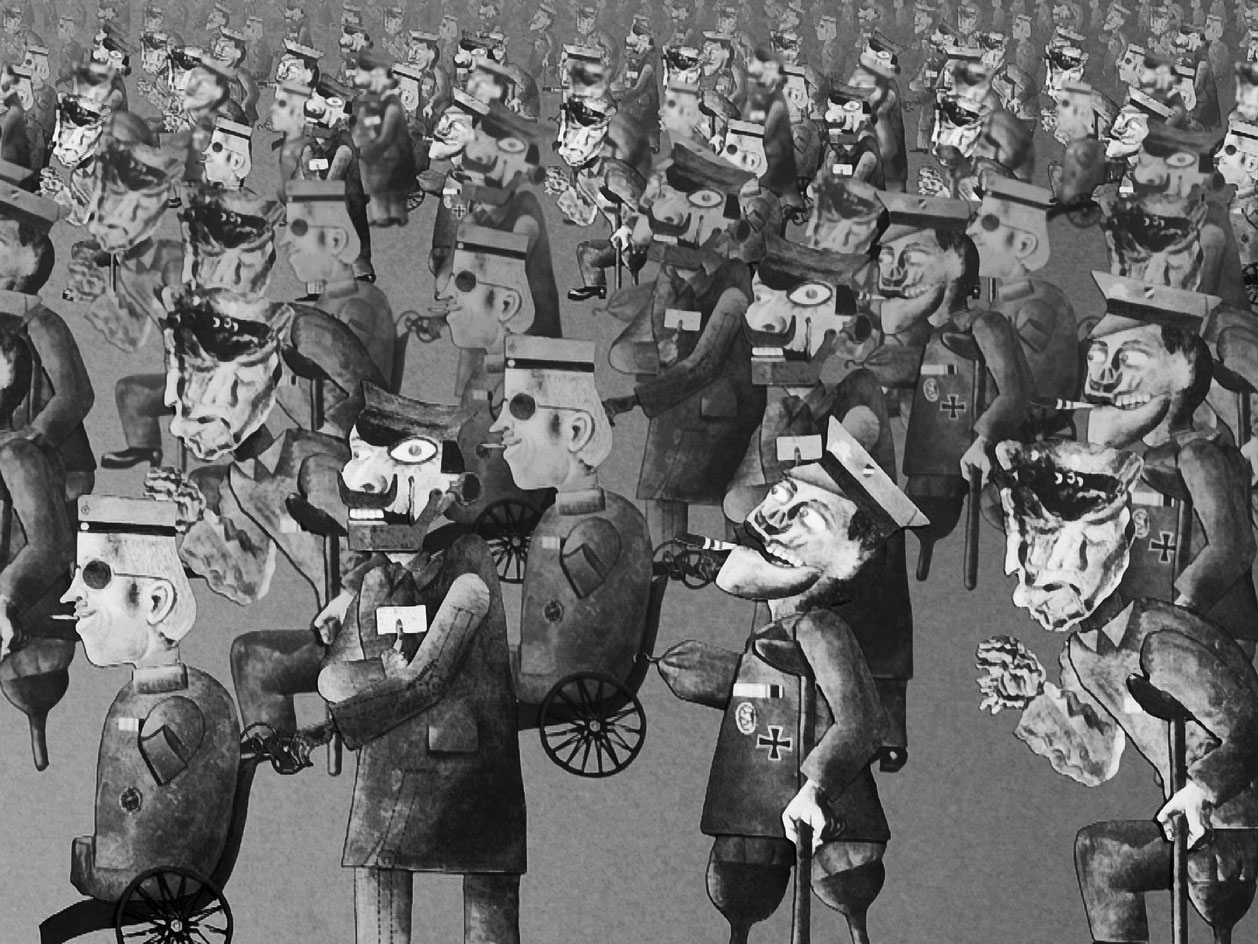
Is art useful? As part of its mission to 'to bring people together to think about why sculpture matters' a new exhibition running until October at the Henry Moore Institute in Leeds presents the art of prosthetics, positing the pragmatic side to sculpture and its ongoing dialogue with advancements in medical science. On view across three galleries, the exhibition brings together more than 70 examples, from the turn of the 19th century up to a new outdoor sculpture by Rebecca Warren.
The exhibition puts a particular emphasis on the response of creative thinkers in the postwar periods in Europe, where designers, artists and doctors were searching for solutions for the fragmented body – as well as ways to articulate and express new hybrid bodies, part man, part machine. Among the remarkable makers is Francis Derwent Wood, a British sculptor, who after being exposed to the horrific injuries suffered by men during the First World War (during which more than 20,000 British soldiers alone were facially wounded) opened a clinic for the disfigured, sculpting custom-made masks from thin metal for soldiers to conceal their wounds. It’s part of a remarkable trajectory tracing the role of creativity in rebuilding and rethinking the body in times where it has been challenged by both politics and technology.
Alongside radical contemporary artists widely renowned for their interest in prosthetics and body modification – such as the late Louise Bourgeois and Rebecca Horn – are examples of experimentation with the forms and functions of the body by pioneers in other disciplines, such as the iconic design duo Charles and Ray Eames.
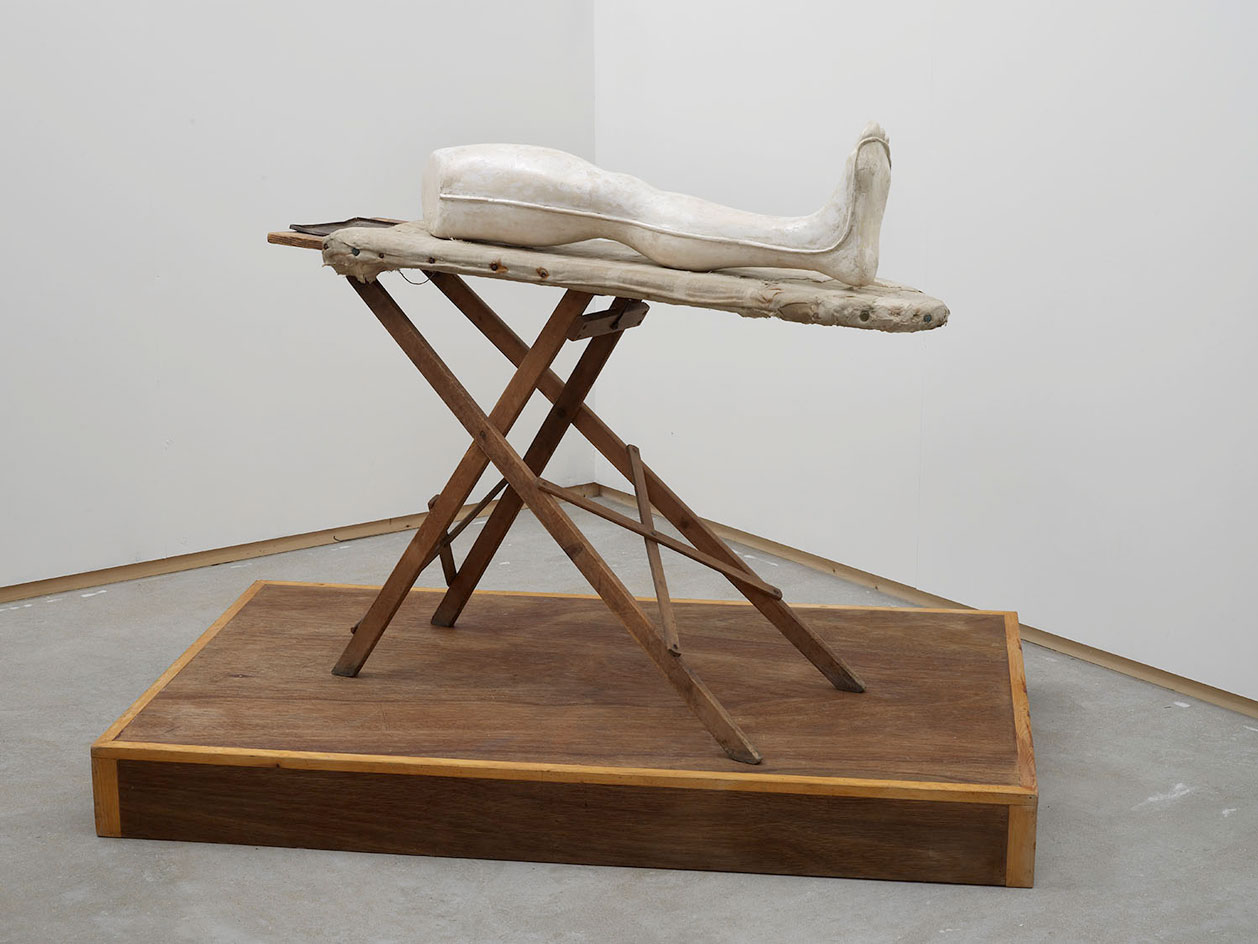
On view across three galleries, the exhibition brings together more than 70 examples from the turn of the 19th century up to the present day. Pictured: Louise Bourgeois' Leg, by Stuart Brisley, 2002.
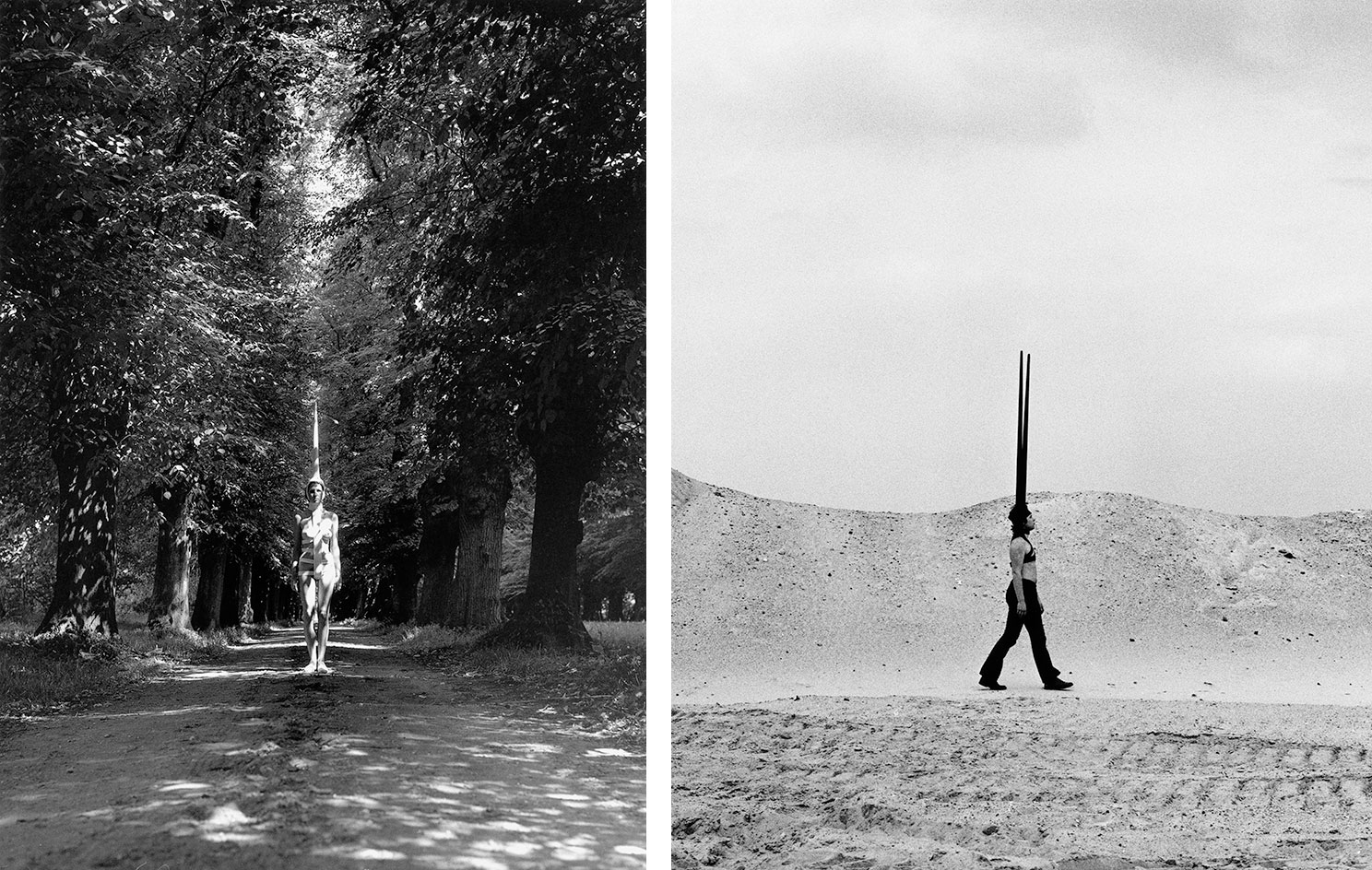
The exhibition puts a particular emphasis on the response of creative thinkers in the post-war periods in Europe, where designers, artists and doctors were searching for solutions for the fragmented body. Pictured left: Unicorn, by Rebecca Horn, 1970. Right: Moveable Shoulder Extensions, by Rebecca Horn, 1971.
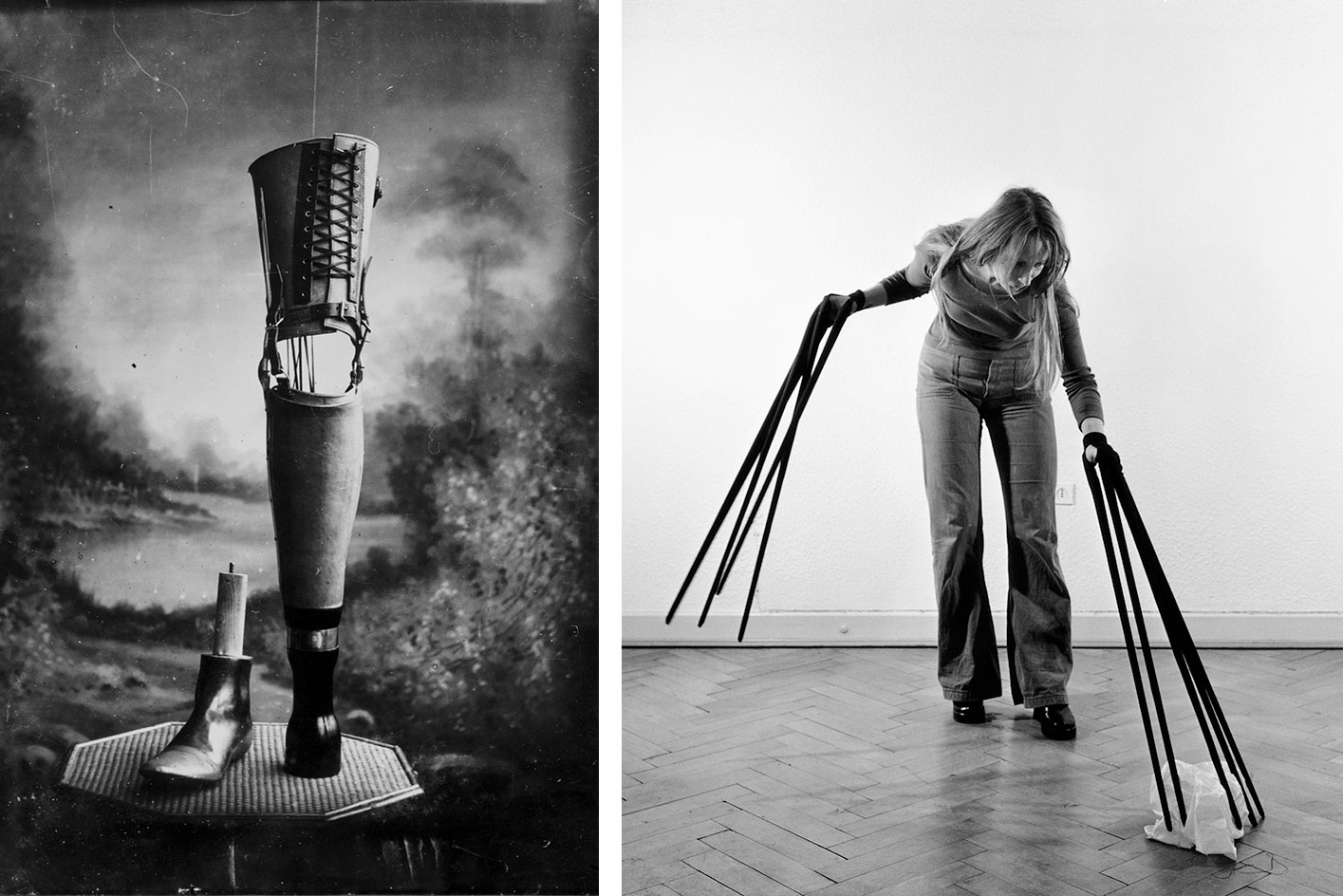
Pictured left: prosthetic devices for the leg, 1890–1910. Right: Finger Gloves, by Rebecca Horn, 1972.
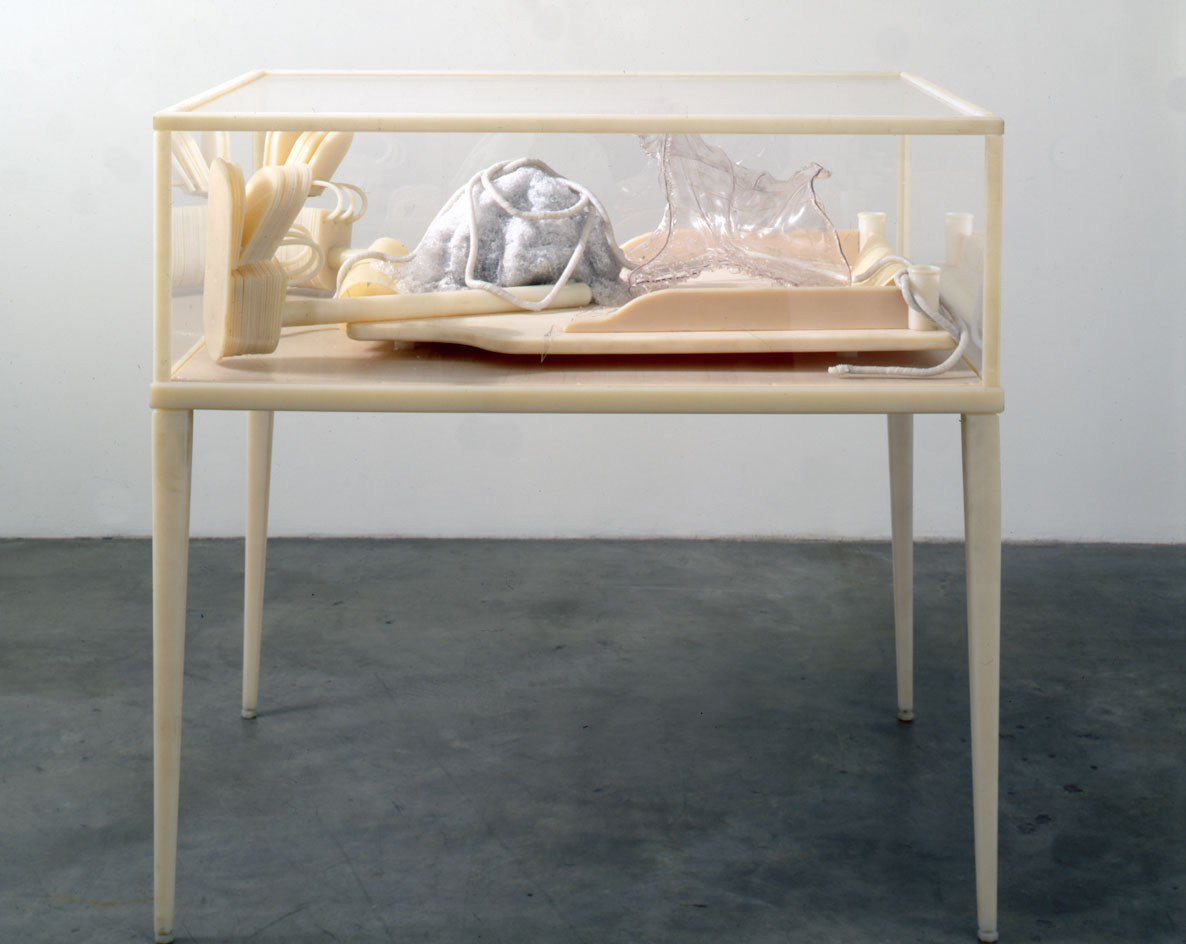
Pictured: The Cabinet of Bessie Gilmore, by Matthew Barney, 1999.
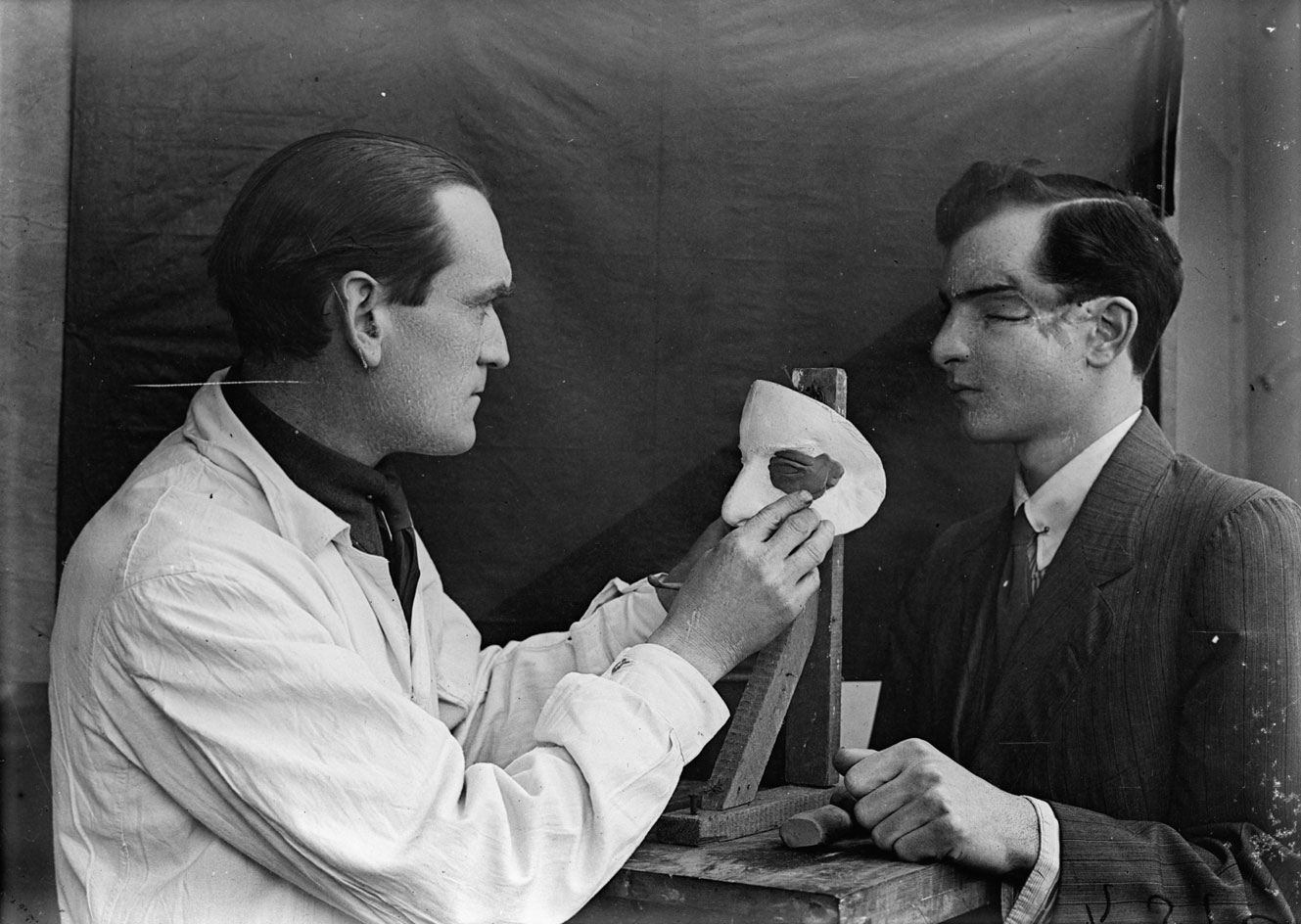
Among the makers is Francis Derwent Wood, a British sculptor, who after being exposed to the horrific injuries suffered by men during the first world war opened a clinic for the facially disfigured. Pictured: Captain Francis Derwent Wood RA of the Royal Army Medical Corps adds the finishing touches to a patient's new facial plate, c.1914–188.
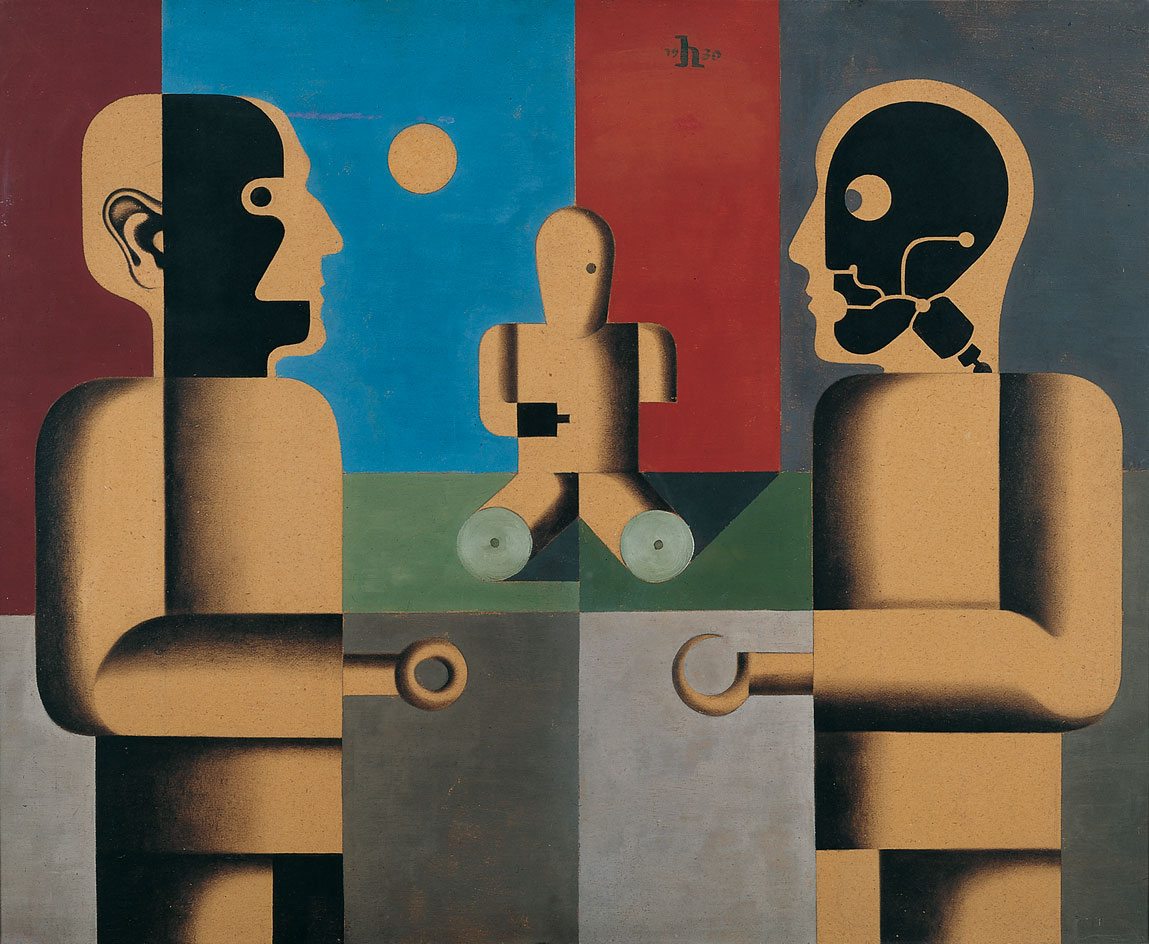
Pictured: Denkmal der unbekannten Prothesen (Monument to Unknown Prostheses), by Heinrich Hoerle, 1930.
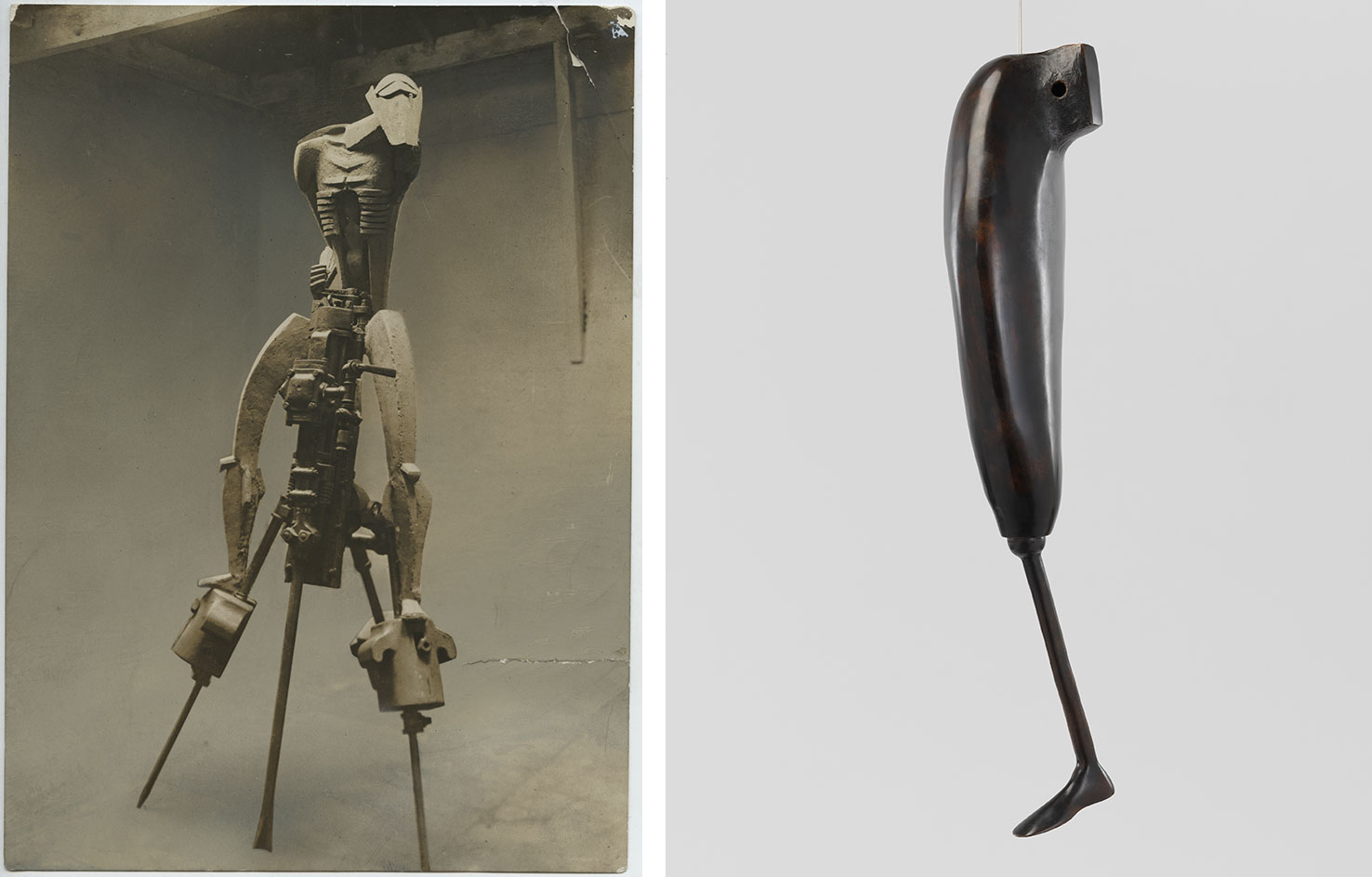
Pictured left: Rock Drill, by Jacob Epstein, 1913. Right: Henriette, by Louise Bourgeois, 1985.
INFORMATION
’The Body Extended: Sculpture and Prosthetics’ is on view until 23 October. For more information, visit the Henry Moore Institute website
ADDRESS
Henry Moore Institute
74 The Headrow
Leeds, LS1 3AH
Wallpaper* Newsletter
Receive our daily digest of inspiration, escapism and design stories from around the world direct to your inbox.
Charlotte Jansen is a journalist and the author of two books on photography, Girl on Girl (2017) and Photography Now (2021). She is commissioning editor at Elephant magazine and has written on contemporary art and culture for The Guardian, the Financial Times, ELLE, the British Journal of Photography, Frieze and Artsy. Jansen is also presenter of Dior Talks podcast series, The Female Gaze.
-
 Naoto Fukasawa sparks children’s imaginations with play sculptures
Naoto Fukasawa sparks children’s imaginations with play sculpturesThe Japanese designer creates an intuitive series of bold play sculptures, designed to spark children’s desire to play without thinking
By Danielle Demetriou
-
 Japan in Milan! See the highlights of Japanese design at Milan Design Week 2025
Japan in Milan! See the highlights of Japanese design at Milan Design Week 2025At Milan Design Week 2025 Japanese craftsmanship was a front runner with an array of projects in the spotlight. Here are some of our highlights
By Danielle Demetriou
-
 Tour the best contemporary tea houses around the world
Tour the best contemporary tea houses around the worldCelebrate the world’s most unique tea houses, from Melbourne to Stockholm, with a new book by Wallpaper’s Léa Teuscher
By Léa Teuscher
-
 Inside Jack Whitten’s contribution to American contemporary art
Inside Jack Whitten’s contribution to American contemporary artAs Jack Whitten exhibition ‘Speedchaser’ opens at Hauser & Wirth, London, and before a major retrospective at MoMA opens next year, we explore the American artist's impact
By Finn Blythe
-
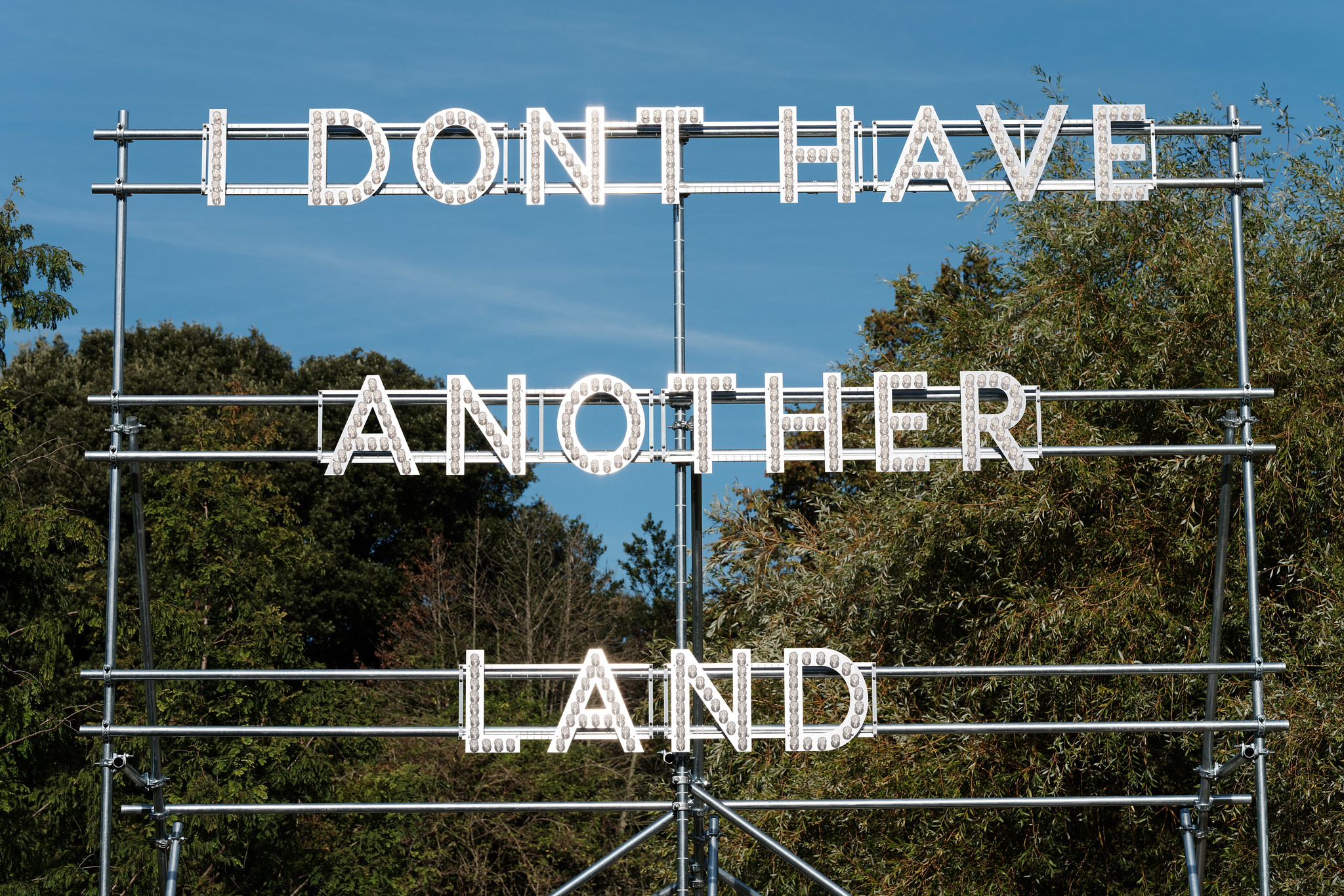 Frieze Sculpture takes over Regent’s Park
Frieze Sculpture takes over Regent’s ParkTwenty-two international artists turn the English gardens into a dream-like landscape and remind us of our inextricable connection to the natural world
By Smilian Cibic
-
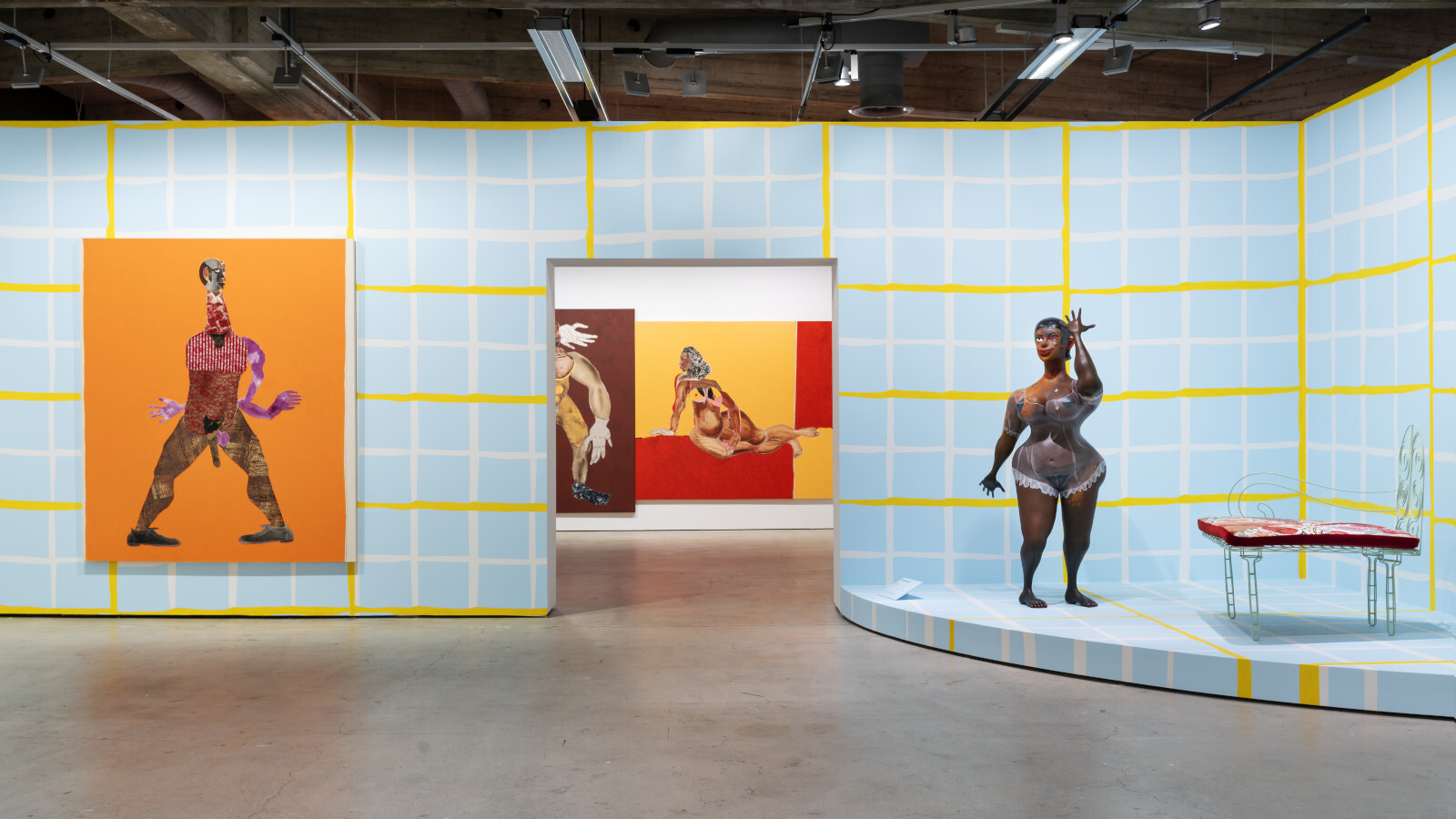 Harlem-born artist Tschabalala Self’s colourful ode to the landscape of her childhood
Harlem-born artist Tschabalala Self’s colourful ode to the landscape of her childhoodTschabalala Self’s new show at Finland's Espoo Museum of Modern Art evokes memories of her upbringing, in vibrant multi-dimensional vignettes
By Millen Brown-Ewens
-
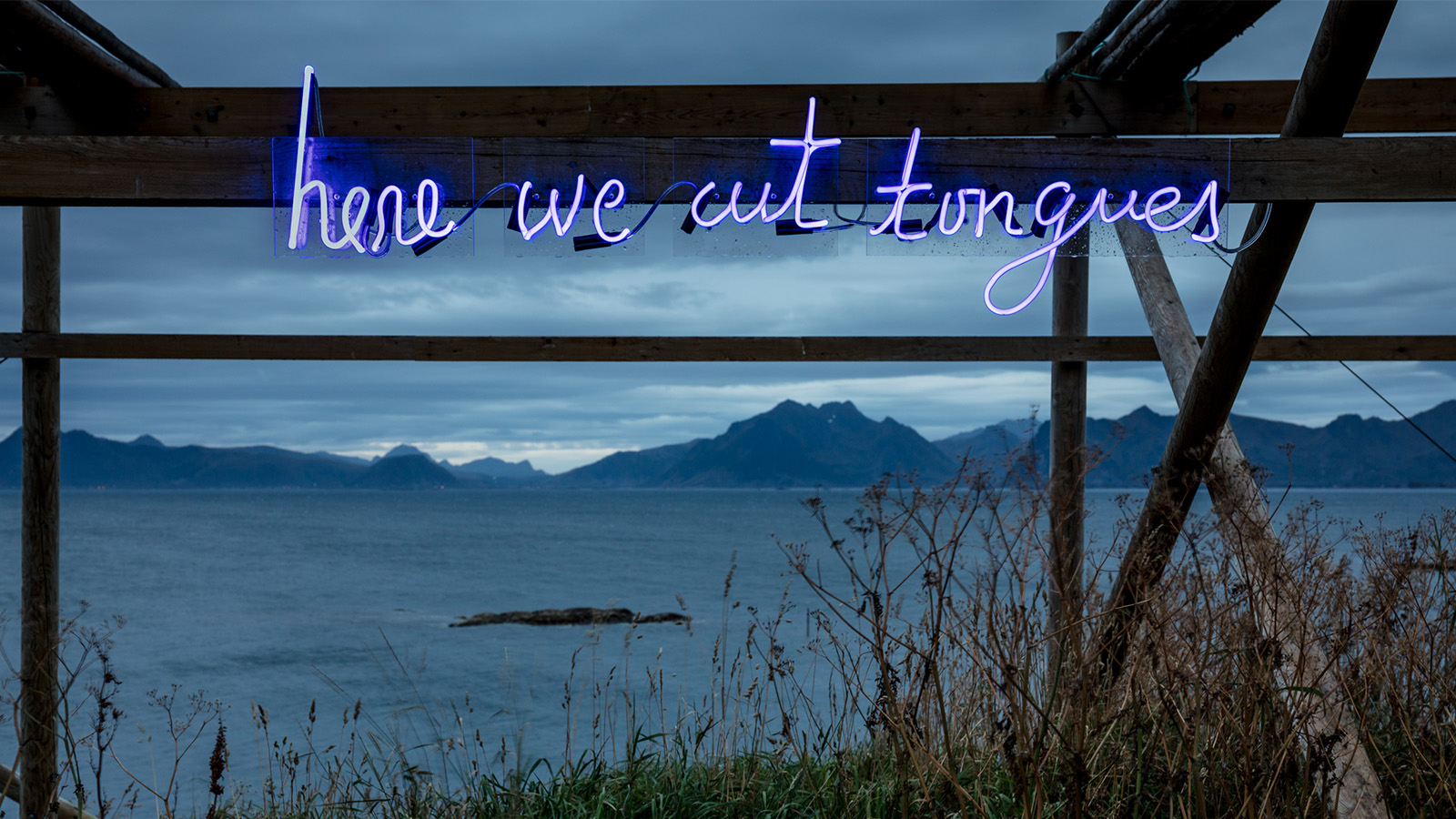 Wanås Konst sculpture park merges art and nature in Sweden
Wanås Konst sculpture park merges art and nature in SwedenWanås Konst’s latest exhibition, 'The Ocean in the Forest', unites land and sea with watery-inspired art in the park’s woodland setting
By Alice Godwin
-
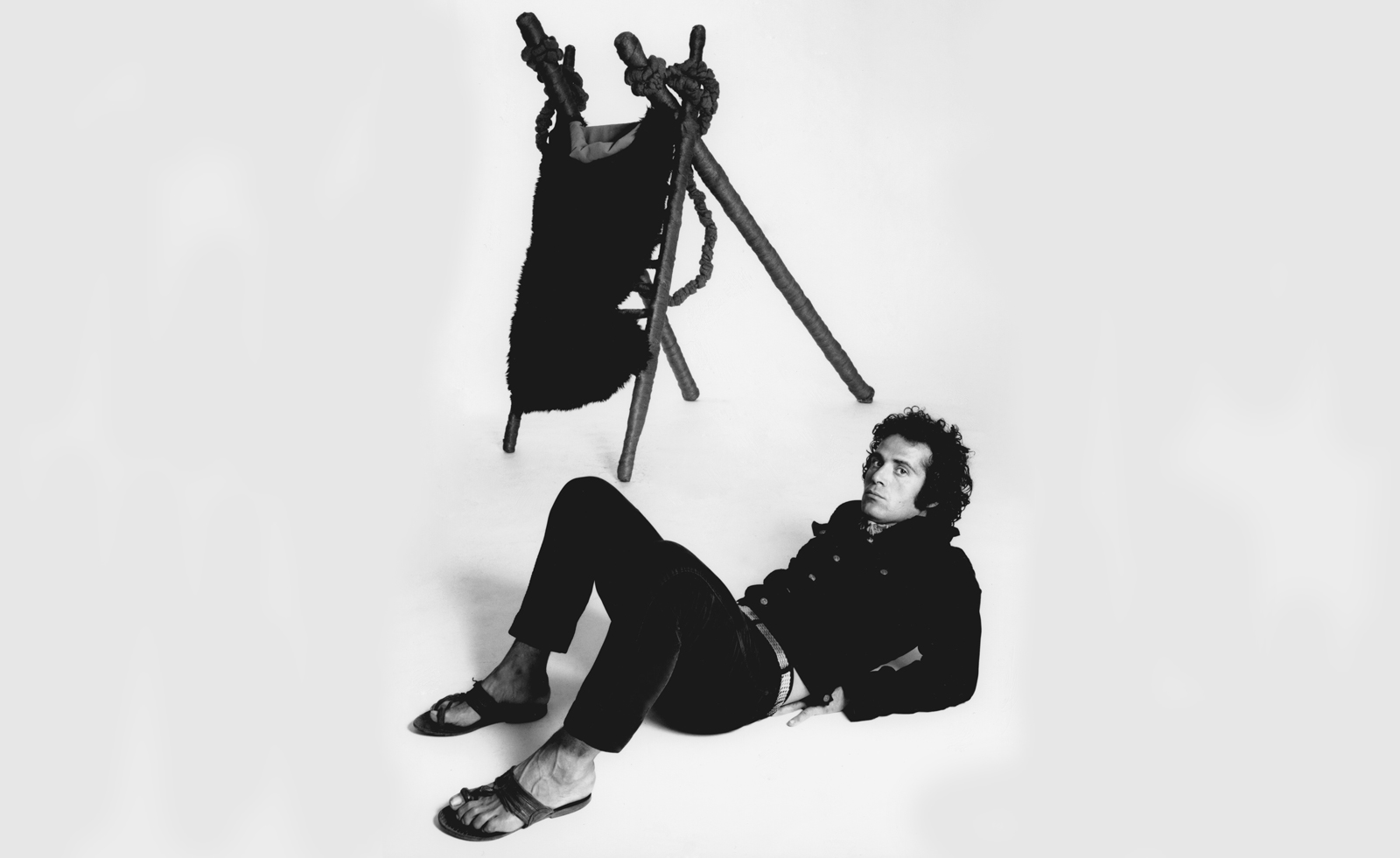 Pino Pascali’s brief and brilliant life celebrated at Fondazione Prada
Pino Pascali’s brief and brilliant life celebrated at Fondazione PradaMilan’s Fondazione Prada honours Italian artist Pino Pascali, dedicating four of its expansive main show spaces to an exhibition of his work
By Kasia Maciejowska
-
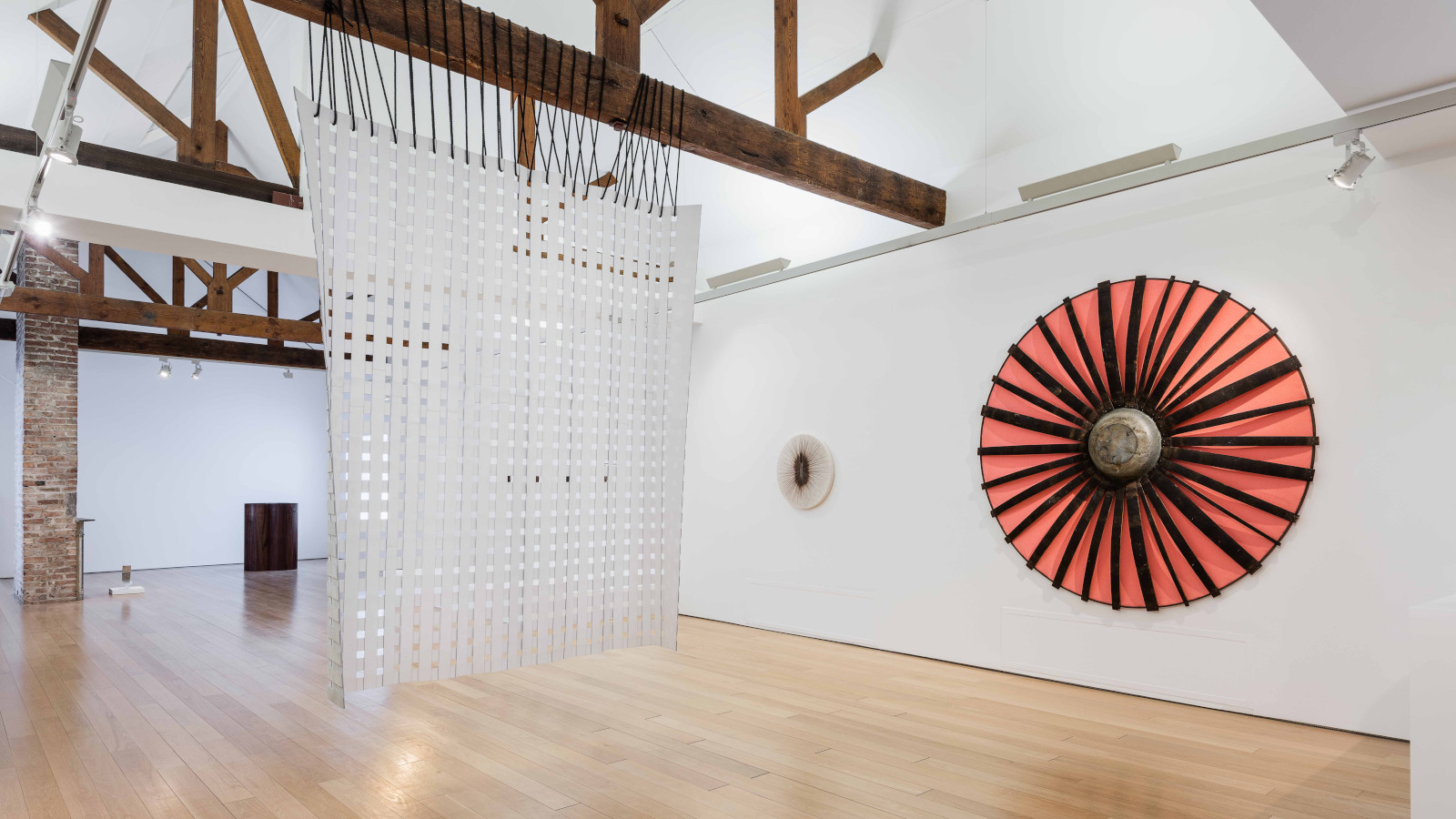 John Cage’s ‘now moments’ inspire Lismore Castle Arts’ group show
John Cage’s ‘now moments’ inspire Lismore Castle Arts’ group showLismore Castle Arts’ ‘Each now, is the time, the space’ takes its title from John Cage, and sees four artists embrace the moment through sculpture and found objects
By Amah-Rose Abrams
-
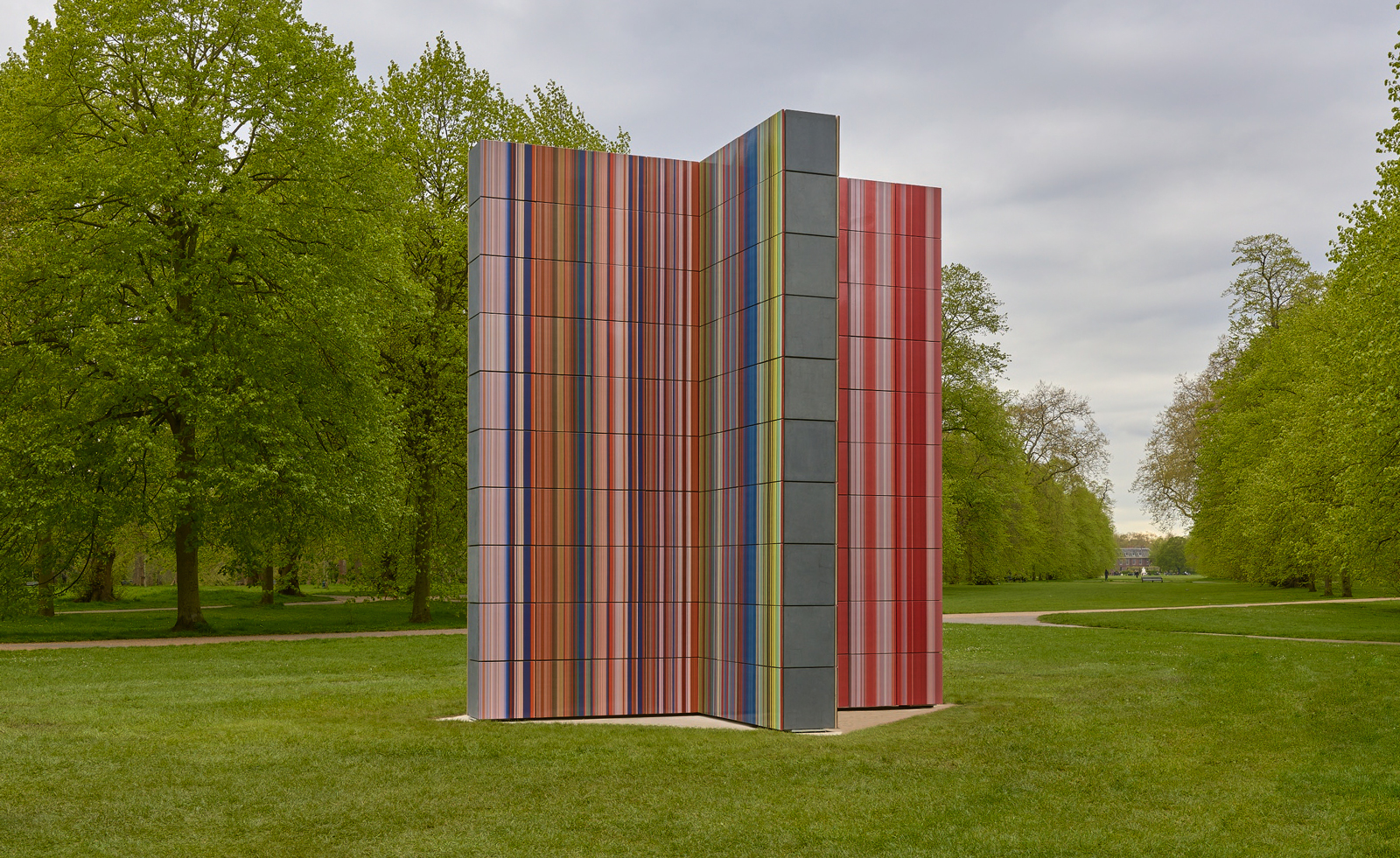 Gerhard Richter unveils new sculpture at Serpentine South
Gerhard Richter unveils new sculpture at Serpentine SouthGerhard Richter revisits themes of pattern and repetition in ‘Strip-Tower’ at London’s Serpentine South
By Hannah Silver
-
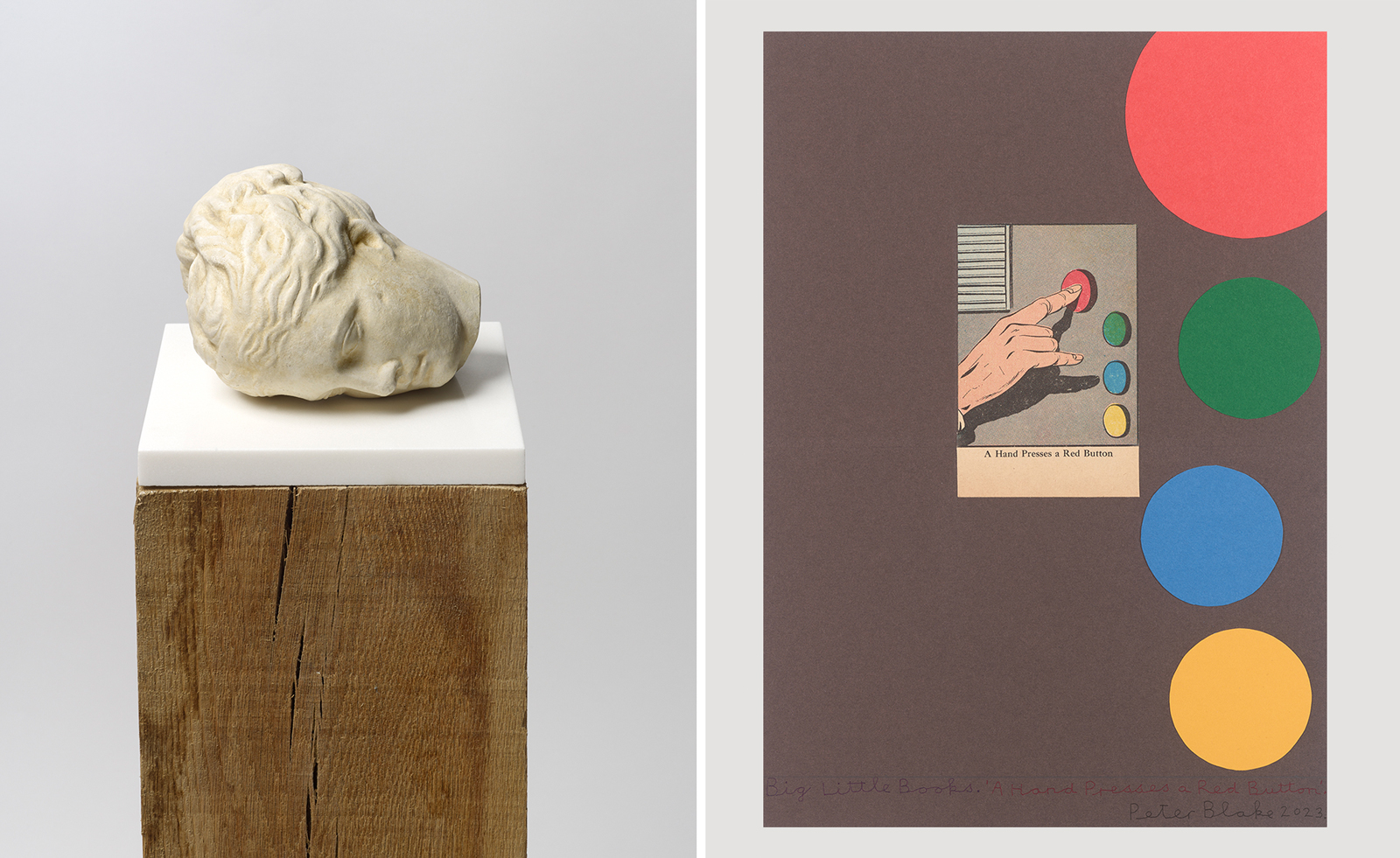 Peter Blake’s sculptures spark joy at Waddington Custot in London
Peter Blake’s sculptures spark joy at Waddington Custot in London‘Peter Blake: Sculpture and Other Matters’, at London's Waddington Custot, spans six decades of the artist's career
By Hannah Silver